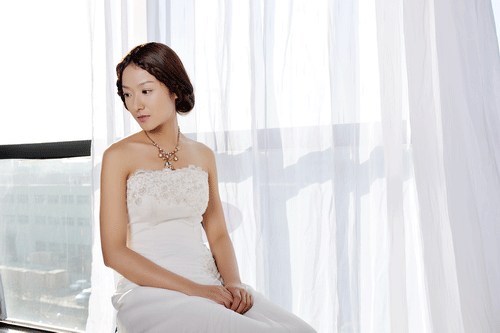Table of Contents
Guide to Lighting for Portrait Photography – Discover the Right Light Outdoors
If a photographer consciously trains himself to “see the light,” he can see at a glance how light is being used in any picture.
Learning to “see the light,” understanding how light shines, and appreciating good lighting are the first steps to taking great photos. But simply appreciating good lighting is not enough. It is a long process of training and cultivation to truly master the skills of using light. At least several years of persistent observation and learning are required.
Like other comprehensive skills learning, the more you understand, the more you will find that there is a longer way to go, which is the so-called “learning without end”.
True photographers spend their entire lives studying the interplay of light and shadow, forming a lifelong research habit. Wherever he goes, on any form of object, indoors or out.
When he goes out and hangs out in the woods, he studies the different shades of light created by leaves. Looking at the leaves, we can notice the different effects of the light on the bright new leaves and on the dull old leaves, and then we can change the camera position according to the direction of the light to emphasize these differences. In fact, the photographer’s ability to control and exploit this infinite variation in light is even more important to the success or failure of the final image than the quality (or intensity) of the light.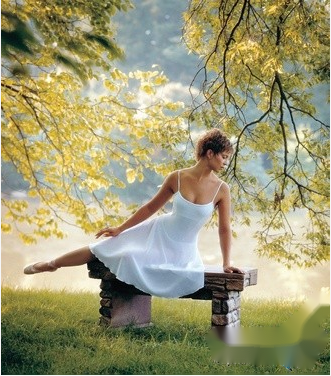
In this image, the photographer used the canopy to block the overhead light, allowing the light to shine from the side, and used a warm reflector to reflect the fill light on the ballerina/model to create a beautiful effect.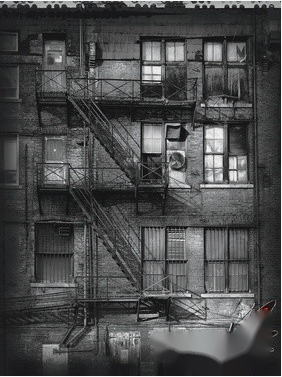
Guide to Lighting for Portrait Photography – Discover the Right Light Outdoors
As the twilight light sweeps obliquely across the surface of the building, the light reveals and portrays the textures and textures hidden in the picture, as beautiful as textiles.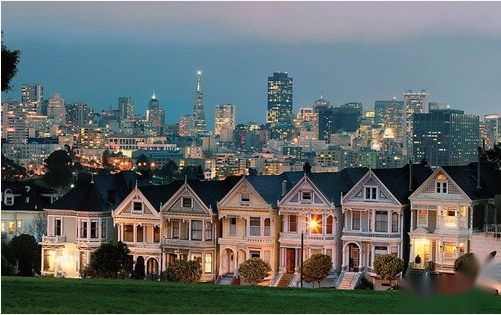
Sometimes natural light and artificial light can complement each other to the perfect effect. So the photographer’s shooting timing determines whether or not to capture the perfect moment. Here, the photographer captured multiple light sources at the same time with a 15s exposure just before dawn. The picture shows the view of the Alamo Square in San Francisco. The long exposure was to incorporate into the frame both the tungsten and mercury streetlights in the building, which illuminate the sky so beautifully.
Guide to Lighting for Portrait Photography – Discover the Right Light Outdoors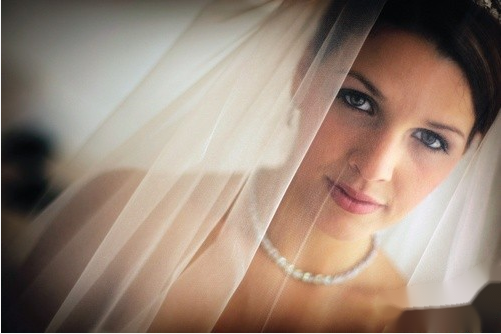
The light enters from a large window and penetrates the mesh on the bride’s veil, creating a soft and wonderful surrounding light, which just sets off the bride’s quiet state of mind.
Simplicity is Fundamental
The best lighting is minimalist. Most successful photographers recognize the fact that the way you use your light shouldn’t be a major consideration. Even if you use 5 lights to set the light in perfect harmony, the effect of the subject is always more important than the effect of the light.
A beautiful photo can often be taken with just a light and a reflector, nothing more. Ultimately, minimalist lighting techniques allow you to control the light however you want, allowing it to portray your subject and achieve unexpected results. This is much better than exaggerated, complex lighting.
It goes without saying that simplicity is a fundamental factor in successful lighting. In nature, at least on this planet, “there are no two suns” and life revolves around a single sun—so we have only one true source of light. But often, we are always subconsciously troubled by the differences we see. This difference stems from the multiple light and shadows generated by different light sources that interfere with each other.
On the other hand, if there was only a single direction of light, and therefore only a corresponding set of shadows, we would be content to accept such a minimalistic “normal state”.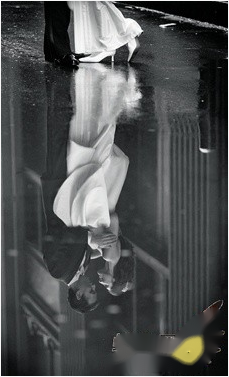
Learning to see light sometimes means looking in special places. “The Wedding in Philadelphia”. Here the photographer captured the beautiful reflections in the puddles on the road.
Portrait photography in natural light
Natural light is always beautiful, especially when you know how to use them to take a great photo. What do we need to know about shooting portraits with natural light? Why do many photographers prefer to shoot portraits with natural light rather than artificial light?
First of all, it is real. Although artificial light can also create a realistic feeling, for most photographers without much experience, the most realistic feeling must come from natural light.
If the artificial light source is used too much, it will obviously give people a false feeling, making it difficult for the viewer to connect with the content in the picture. If the brain focuses on the strange light, it is likely to change the expected mood of the image.
Advantages of natural light
Of course, the most important thing is that natural light is the most economical way for us. We may not have the time to learn how to set lights, nor do we have so many professional lighting equipment to do it. And using the natural light that nature provides us is naturally the best lighting for most non-professional photographers like us. We just need to buy cameras and lenses, and leave the rest to the sun.
And using natural light will save us a lot of time, we don’t need extra time to prepare the lighting.
Of course, that’s not to say lighting isn’t important. In professional photography, planned lighting is still the most important part. But when we practice our hands, natural light is like a natural light training ground. As the earth moves, the angle of sunlight and the quality of the light are constantly changing over time. We need to be familiar with the characteristics of light in each time period to get the effect we want. Even cloudy weather and rainy weather have different lighting.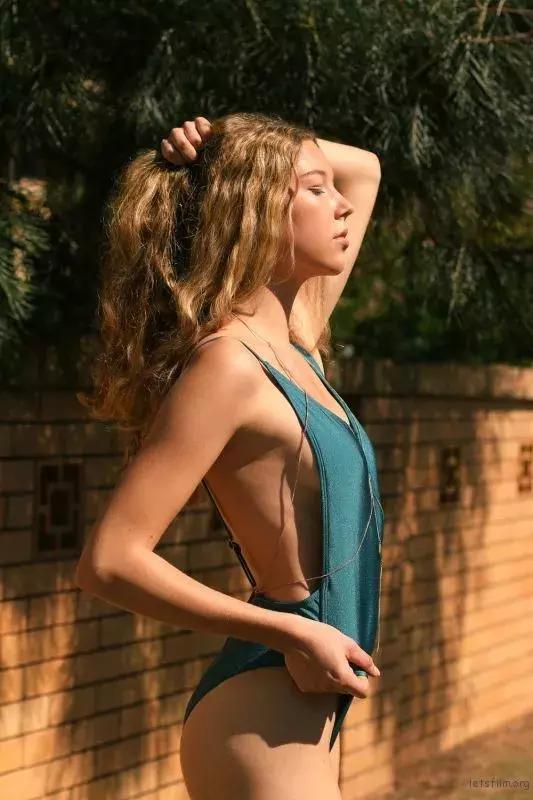
Issues that need attention
However, this is also the biggest disadvantage, or weakness, of shooting with natural light. We have to have a sense of time, and generally speaking, there are only a few hours of the day that are suitable for us to take pictures. At other times, the light is either too bright or too hard to help us get a good image. Therefore, we had to allow ourselves to complete the shooting within a limited time. It can cultivate our sense of time, and it can also urge us to be more efficient.
Compared with artificial lighting, which is a skill that can be learned by serious study, I think it is the biggest thing to be able to take advantage of the natural light under the existing conditions to take pictures and take the best pictures in the current environment at all times. talent.
What’s more, practicing taking photos with natural light can save us a lot of time with artificial lighting. We can spend a lot of our time on pre-preparation and post-processing. Some photographers used to prefer artificial light sources, and each shot required more than 10 hours (including pre-prep time and post-cleaning time). After switching to natural light, the entire shooting process took only three or four hours to complete.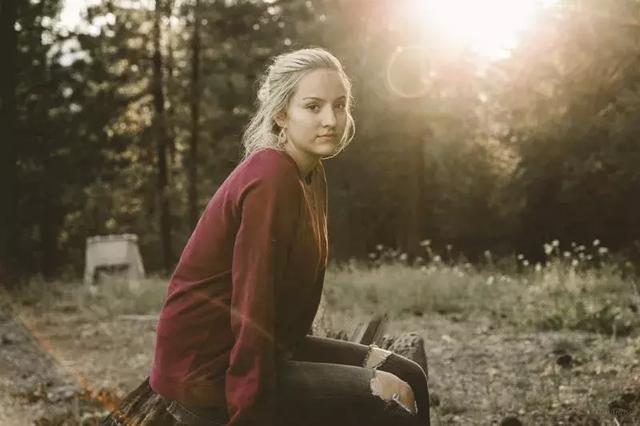
Utilize natural light according to local conditions
Naturally, nothing is perfect, and the flaws of natural light are limitations. We are always passive when it comes to natural light, especially after the sun goes down. Unless you’re shooting city lights (which is not natural light, of course), there’s no way to do it. In the studio, we can use artificial light to simulate many effects of light that natural light cannot achieve.
It is good to use natural light for daily practice. But no matter what, it is still necessary to adapt to people, places and materials, so that we can take the most ideal photos in our minds.
